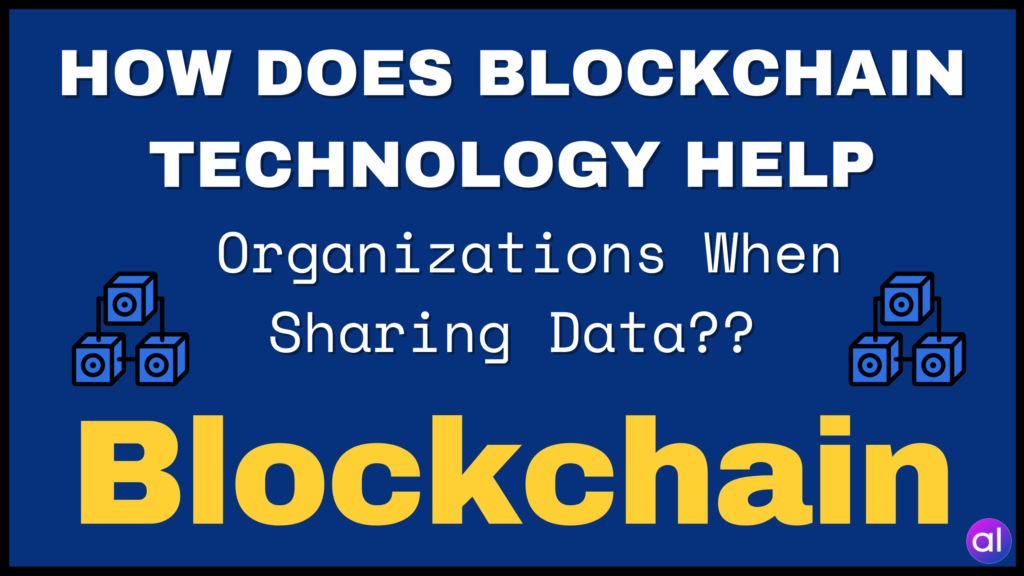Understanding Layer 2 Solutions
Layer 2 technology refers to off-chain networks or technologies that are built on top of a base blockchain (Layer 1) to enhance its capabilities, particularly in terms of scalability and transaction throughput.
These solutions play a vital role in blockchain networks that prioritize decentralization and security, often at the expense of speed and scalability. By processing transactions more efficiently, Layer 2 solutions help reduce congestion and lower transaction costs on the main chain.
The enhancements provided by Layer 2 technology help address the “blockchain trilemma,” offering a way to achieve scalability without compromising on decentralization and security.
In essence, Layer 2 solutions operate independently from the main chain, handling a large volume of transactions off-chain while periodically updating the base layer.
This off-chain approach to scaling offers blockchain networks an effective way to increase transaction speed and volume, supporting the development of more robust decentralized applications.
Exploring the Functionality of Layer 2 Technology
One of the key advantages of Layer 2 solutions is that they do not require any modifications to the main blockchain. These off-chain networks enable high transaction throughput, taking on tasks that would otherwise burden the main chain.
By allowing the main chain to focus on security while offloading speed and scalability to Layer 2 networks, these solutions can process hundreds or even thousands of transactions per second.
Typically, Layer 2 solutions consist of a transaction processing network and a smart contract on the base blockchain for resolving disputes and confirming the state of the Layer 2.
To ensure accuracy, Layer 2 networks periodically send cryptographic proofs to the main blockchain, verifying the integrity of their transactions and maintaining network security overall.
Vitalik Buterin’s Perspective on Layer 2 Networks
Vitalik Buterin, the co-founder of Ethereum, emphasizes that Layer 2 networks on Ethereum inherit the security of the Layer 1 blockchain, ensuring that assets on Layer 2 remain safe as long as Layer 1 remains secure.
Typically, withdrawing funds from a Layer 2 network involves a seven-day waiting period for transaction validation. However, with staked rollups, this delay can be reduced to mere seconds as stakers verify transactions instantly.
Yeah this is not a rollup. “Inherits L1 security” is not just a hash link, it’s a claim that assets on the L2 are safe and can be withdrawn as long as the L1 is secure, even if 99% of the L2 nodes are malicious and colluding against you.
— vitalik.eth (@VitalikButerin) August 23, 2024
Buterin also highlights the efficiency of both Layer 1 and Layer 2 on Ethereum, where transactions are confirmed within seconds, with Layer 2 fees often below $0.01, effectively addressing concerns about high costs. He mentions successful Ethereum projects like Farcaster, Lens, and Polymarket, which demonstrate the potential of these networks.
Buterin suggests that maintaining a balanced fee structure is crucial for Ethereum’s future, as it would help ensure predictable costs and prevent excessive volatility. This balance will ensure that fees on both Layer 1 and Layer 2 remain affordable, benefiting the entire ecosystem economically, technically, and culturally.



